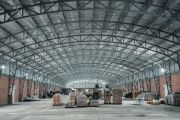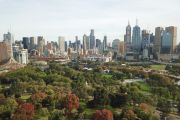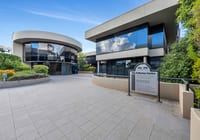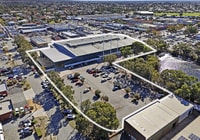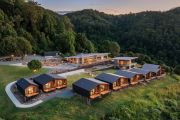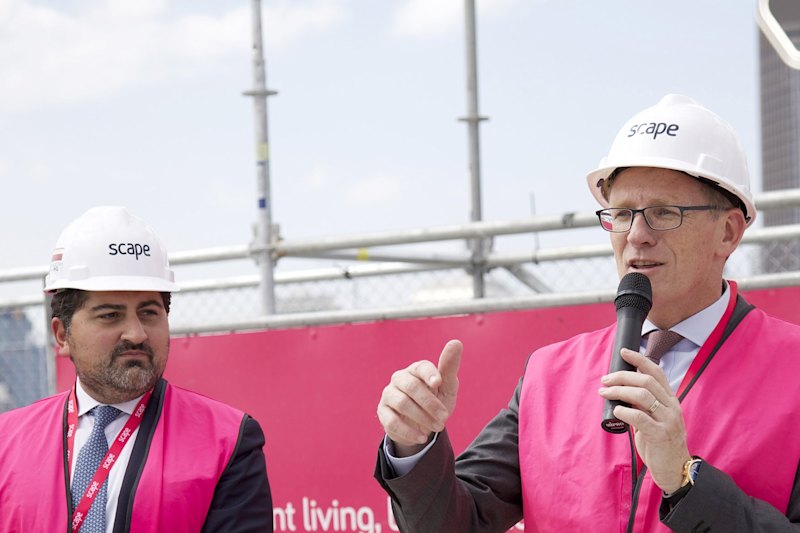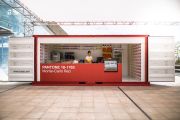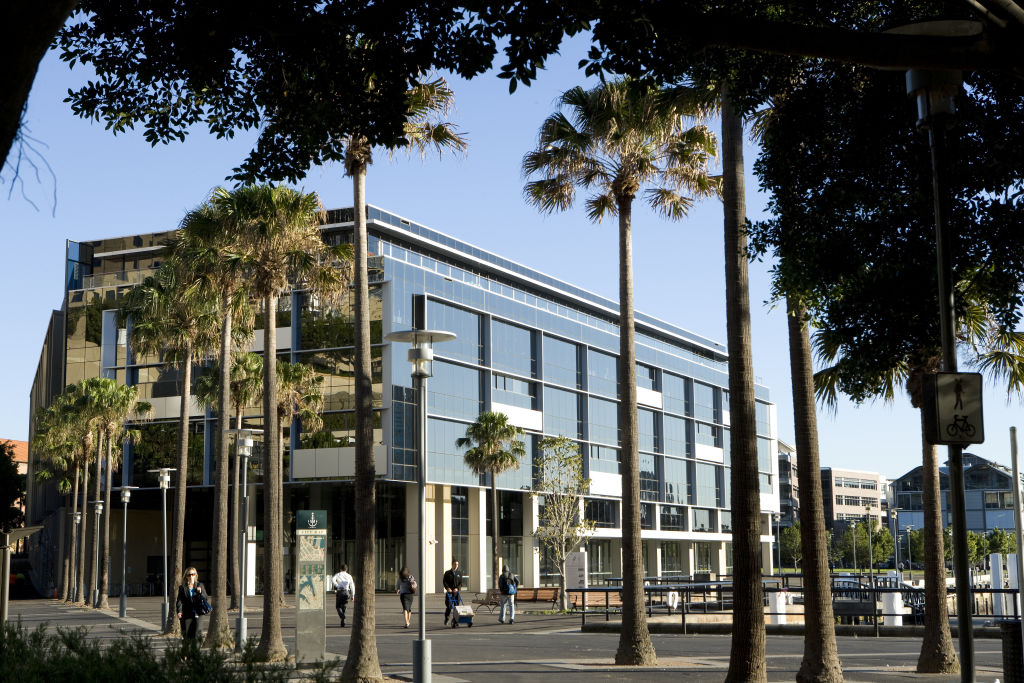
How the Australian commercial sector is leading the world in sustainability
When Martin Ritchie set a target of net-zero carbon emissions across GPT Group’s 18 buildings in Sydney, Melbourne and Brisbane by the end of last year, there were some who scoffed at the notion.
Many considered it over-ambitious; most thought it was simply impossible. But when it was achieved well before the due date, in what’s believed to have been a world-first, it proved both a challenge to competitors and an inspiration for the whole commercial development and management industry.
“I think we were all doing what we could in our personal lives with solar panels in the house and recycling, but you can have a much bigger impact on climate change mitigation with the workplace,” said Mr Ritchie, fund manager with the GPT Wholesale Office Fund.
“It was important for us to ask how we could get to carbon neutrality and at what cost. And we’ve now proved that it is economically viable by increasing our energy efficiency, buying renewable energy and stimulating the energy market at the same time.”
GPT has saved more than $210 million in energy costs and 1.5 million tonnes of CO2 more than what it would have spent and produced had they pursued business as usual from 2005 and has now become the pin-up kid in a world scrambling to make their commercial assets as sustainable as possible.
A global leader in sustainability
Along the way, the company has also been hailed as a beacon of Australia’s progress in a field where we’d previously made up the mere also-rans.
“Through the example of companies like GPT, we’re not only talking about sustainability, but we’re clearly doing it,” said Davina Rooney, Green Building Council of Australia CEO. “It’s smart business with better returns, better value, and people tend to stay longer with companies in those buildings.
“The commercial sector in Australia has now become a global leader in sustainability on so many indices … We’re seeing people committing to develop their portfolio to net-zero emissions by 2030, with over 25 groups now making that commitment.”
Mirvac and Lendlease are also leaders in that space, believes Branco Miletic, editor of Architecture & Design, which runs the country’s national sustainability awards.
We may have started from a very low base five to 10 years ago, he says, but now we’re advancing in leaps and bounds. “From a commercial point of view, Australia is becoming more and more a leader in sustainability,” Mr Miletic said.
“We’re now at least on a par with others and are pretty much on the leading edge in a global sense.”
Australia’s buildings of the future
The kind of buildings that have got us there, and are pushing us forward into the future, are Sydney’s Barangaroo from Lendlease – 6-star Green Star rating and the first carbon-neutral precinct in Australia – and Brisbane’s 25 King, currently Australia’s tallest timber building.
As part of the $2.9 billion renewal of Brisbane Showgrounds in Bowen Hills, the timber tower is nine storeys high and is built from cross-laminated timber and glue-laminated timber, with a much smaller carbon footprint than the traditional concrete and steel.
It was engineered by Aurecon, who is also the anchor tenant of the collaboration with Lendlease and architects Bates Smart. “There’s a number of reasons we wanted to be a part of it,” said Aurecon sustainability leaders for Australasia Quentin Jackson.
“Obviously, we wanted to reduce the impact on the planet and use fewer resources and commit to carbon neutrality as well as providing a place, in a holistic sense, that increases the health, wellbeing and productivity of tenants.
“We wanted to have people leave this building healthier than when they first arrived.”
Last year, 25 King, with features including rainwater-harvesting and re-use, achieved Queensland’s first WELL Core and Shell Certification at the Platinum level, in addition to its 6-star Green Star Design and As Built rating.
Sustainable offices
However, the future Atlassian HQ is planned to dwarf that building, with a proposal to build a timber tower that, at 40 storeys and 180 metres high, will be the tallest hybrid timber building in the world. Set to accommodate 4000 staff at the new “tech central” by Sydney’s Central Station, it’s also been signed up to the Green Building Council’s revamped Green Star rating system.
“It’s incredibly exciting to have such a large timber structure with a net-zero aspiration,” Ms Rooney said. “We’re absolutely thrilled that we’ll be partnering with them to achieve this.”
In Melbourne, the redevelopment of ISPT’s 500 Bourke Street, with NAB the anchor tenant, is also considered an Australian sustainability stand-out. Its design was awarded a five-star Green Star Design rating, a 4.5 star National Australian Built Environment Rating System (NABERS) Energy rating, as well as a six-star indoor rating.
Nearby is GPT’s proposed two office towers of 15 and 39 levels at 51 Flinders Lane, with gardens and a wellness centre and up-to-date technology to ensure energy efficiency. In addition, its Queen and Collins, the former ANZ global HQ, is in the final stages of a $240 million redevelopment.
At the same time as developing greener buildings and refurbishing old ones to meet new targets, many are also working to make sure we use office space in the most effective and efficient way possible.
“Looking at a workplace from a sustainable standpoint, the biggest and most important factor is the amount of space needed,” said Henry Wagner, vice-president marketing of OfficeMaps, an interactive app that tracks office space being used. “If you have more space than needed, it can be a very expensive exercise to aircondition and light it and a waste of energy.
“We know now that flexible working is here to stay, so this system allows people to work out how much space is actually needed in the new hybrid working model. They can then reduce their carbon footprint. So much carbon can be saved when people aren’t travelling to work every day and can book office space when they do come in.”
